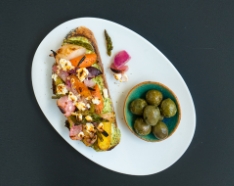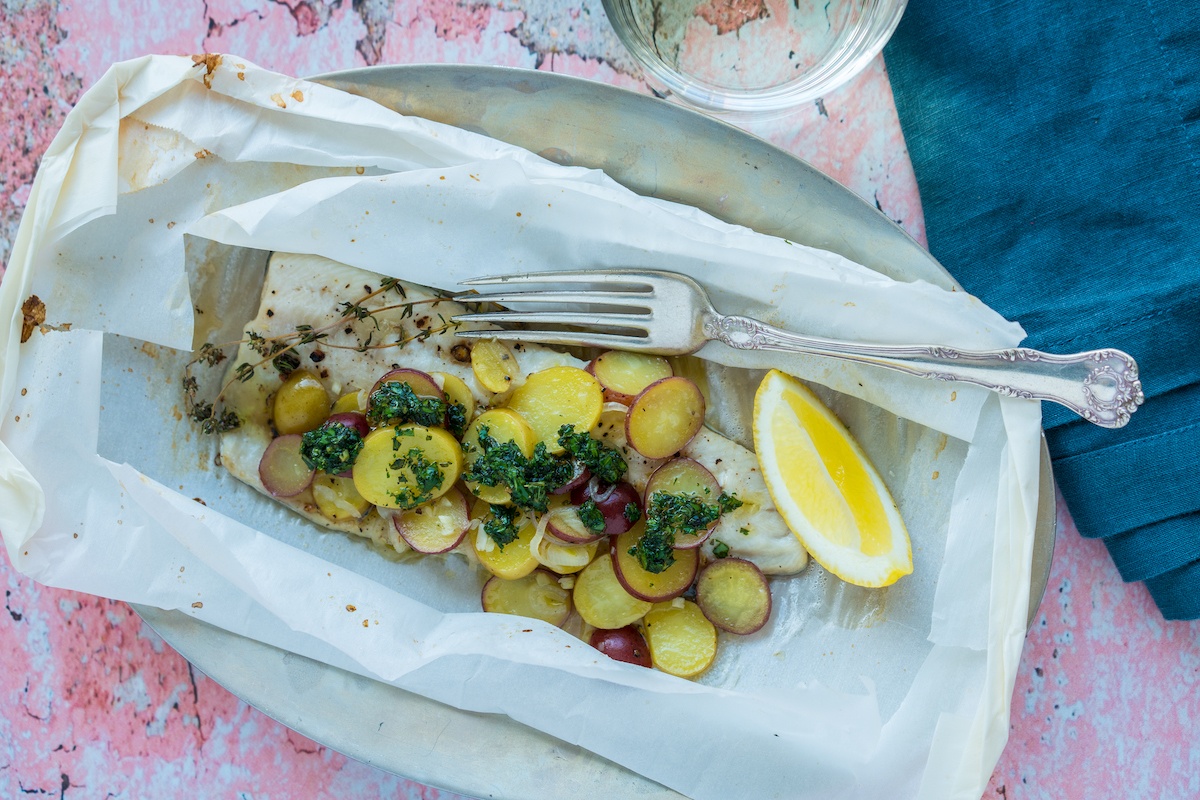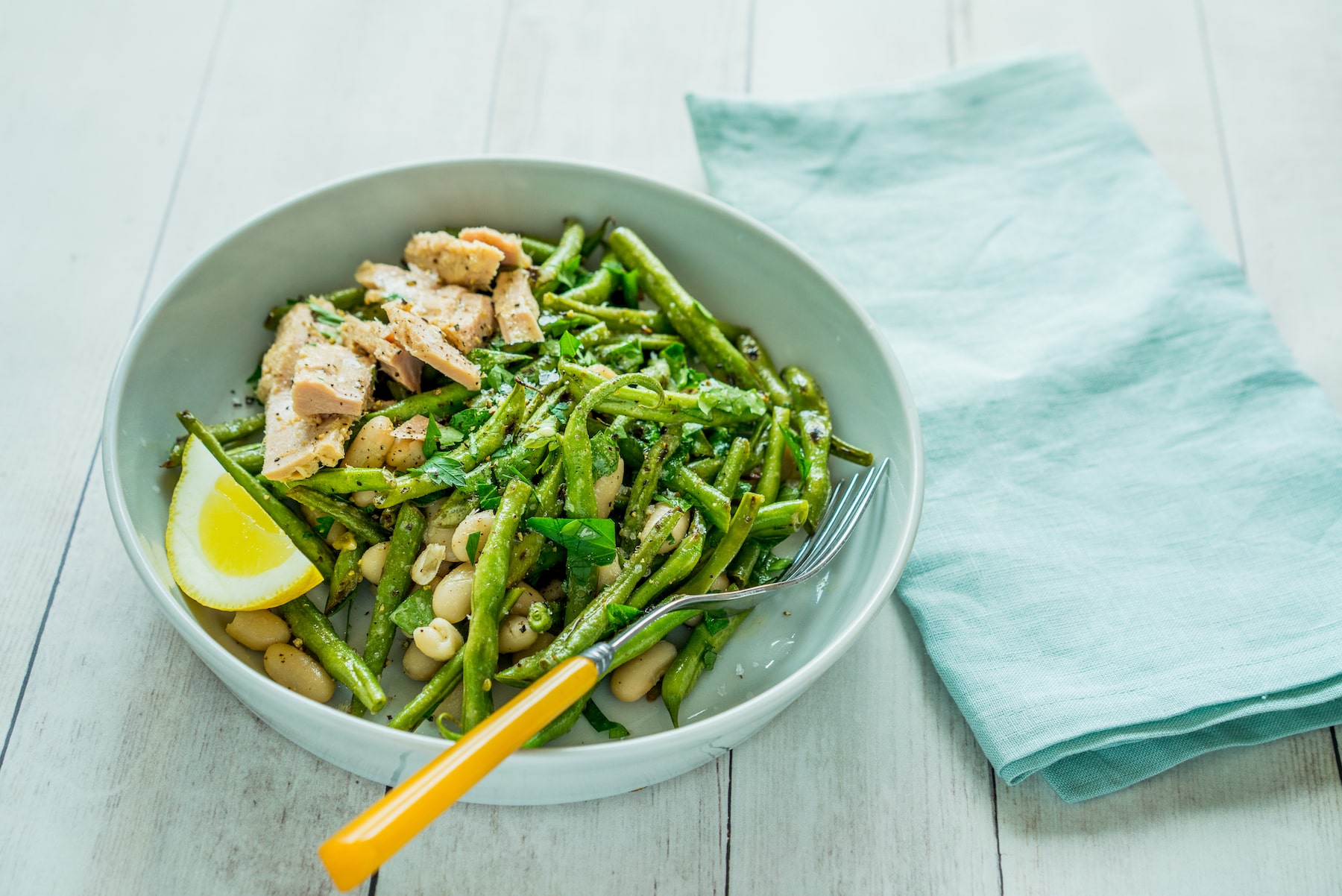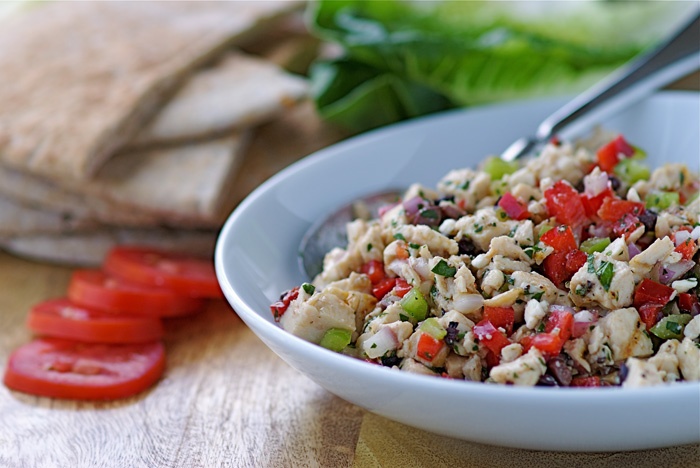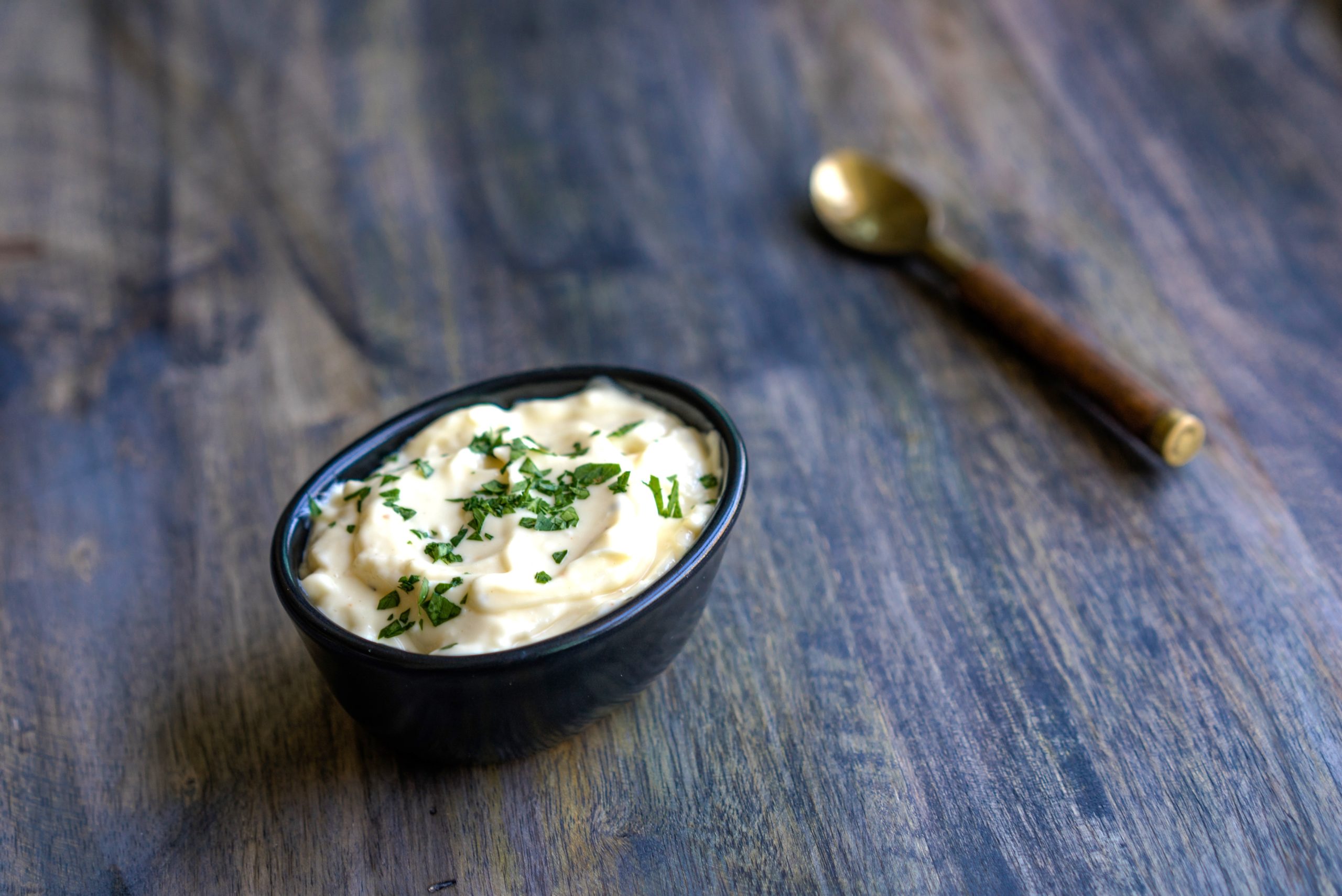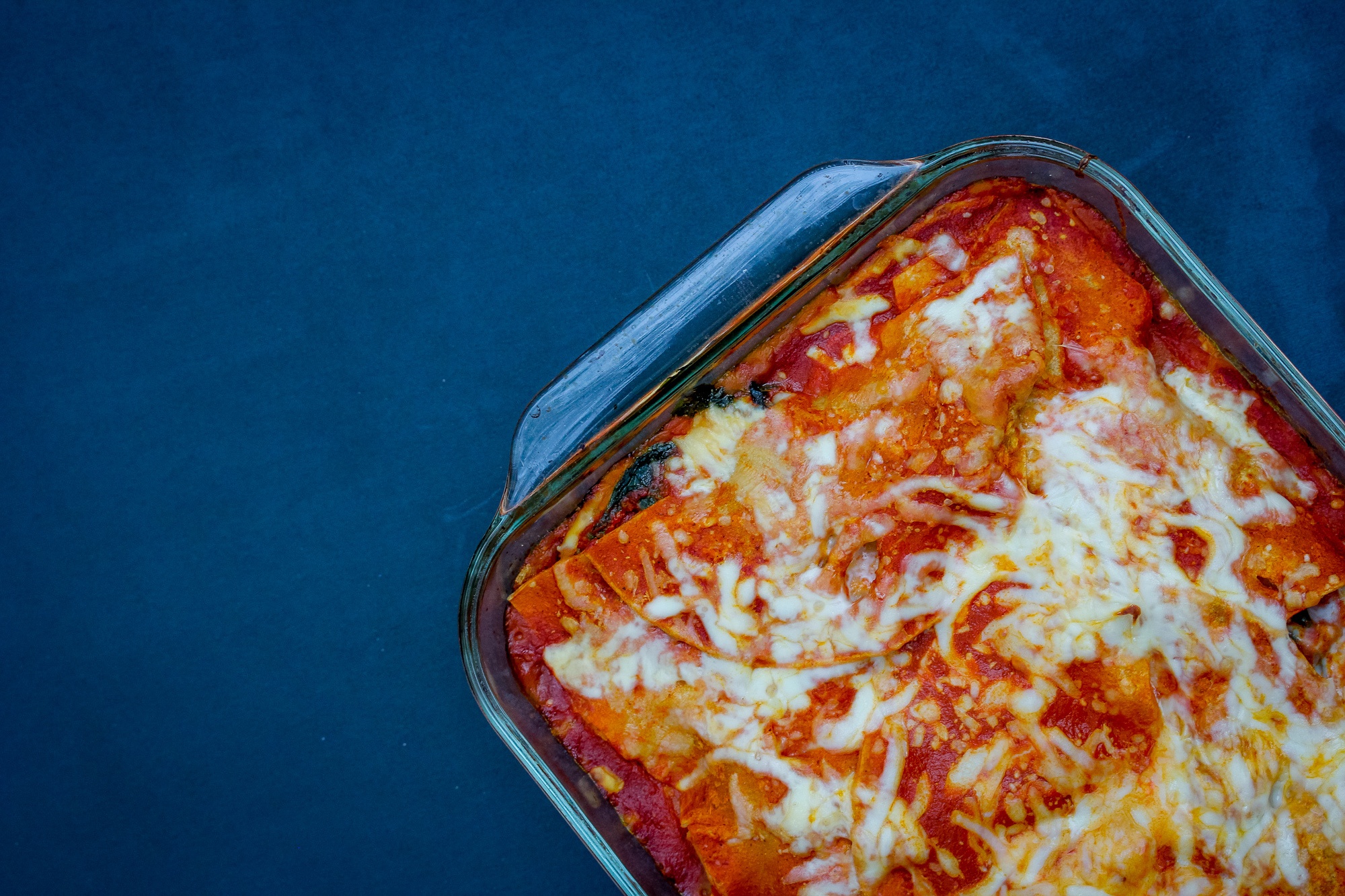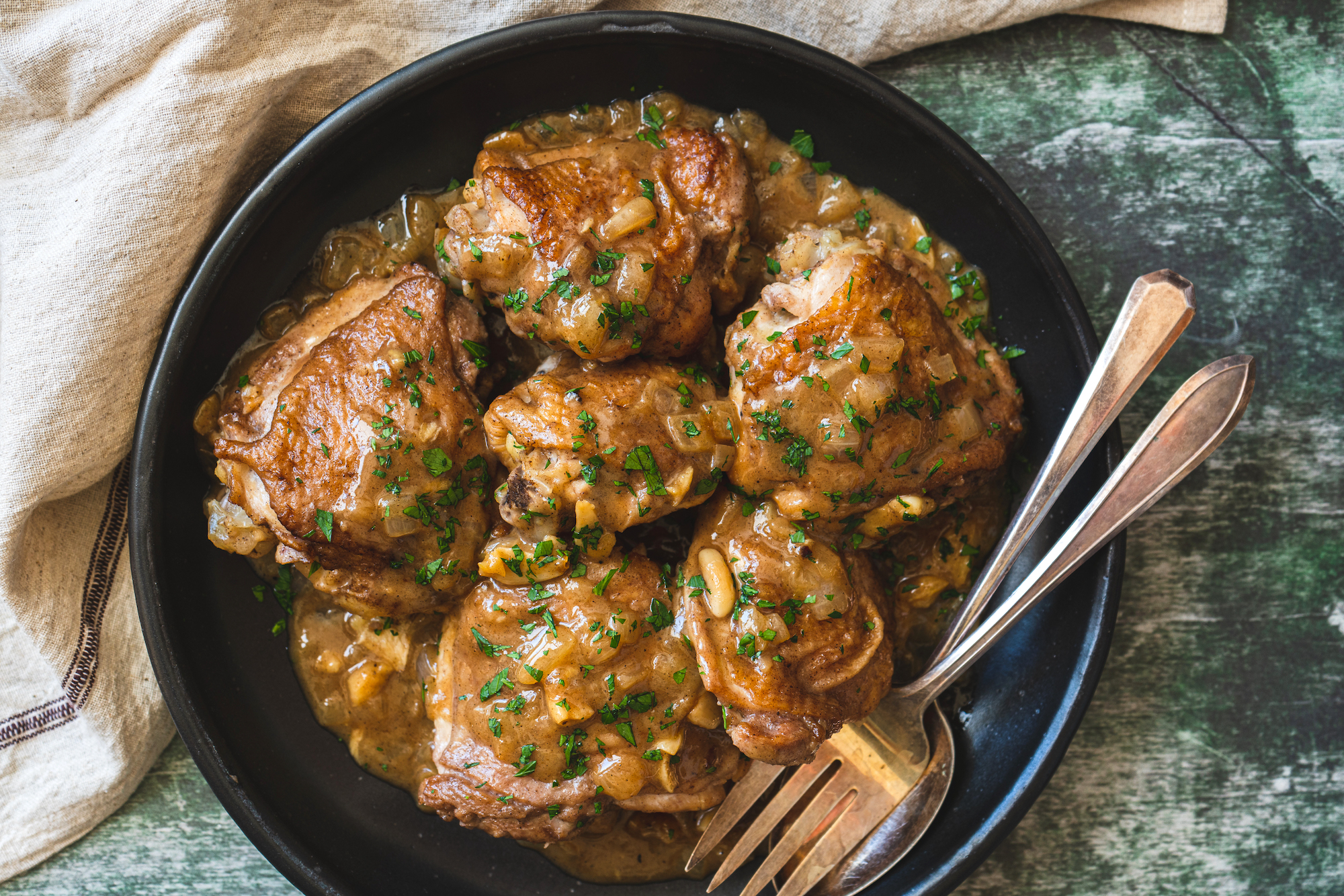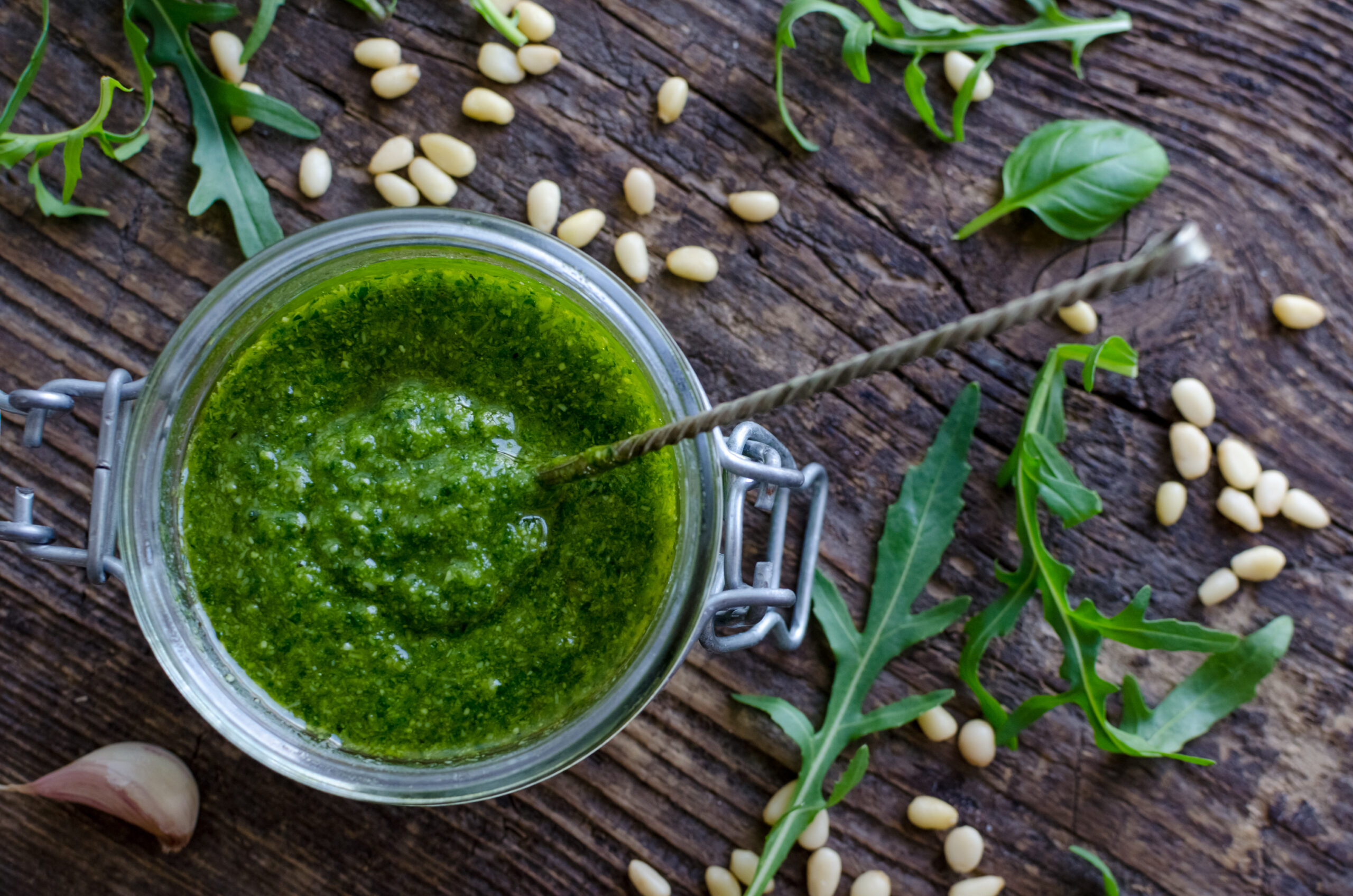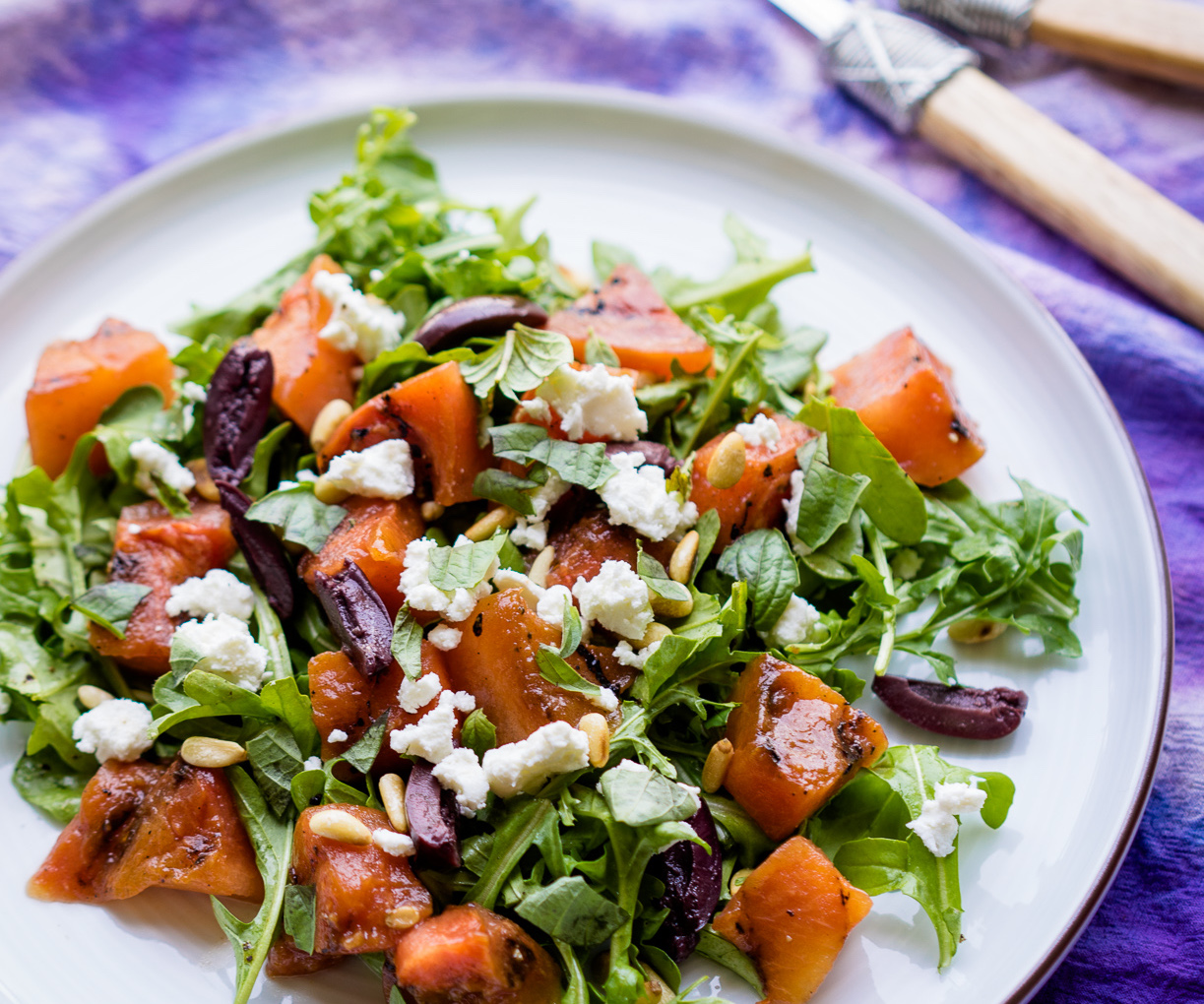By Jacqueline Church
If you think of citrus as the ubiquitous orange globes you see year-round at the supermarket, you’ve got an experience coming; winter is the prime season for most citrus and, as with most seasonal produce, there’s an exciting variety. A blood orange, with its bitter beauty, or a perfumey Meyer lemon, for instance, are exquisite examples of the joys of seasonal eating.
And just because citrus requires warmer climes doesn’t mean you need to toss out the local concept entirely; a CSA box of peak-season citrus delivered to you in Connecticut from Florida is relatively a lot more local than those navels coming from South America in mid-summer.
 From sweet to sour, salads to desserts, juices to cocktails and June to May, here’s a “new” citrus starter list with suggestions for how to use each variety. Go ahead and juice up your menu (or shall I say, add some zest?) season by season.
June to August
Key limes – Also called a Mexican lime (limon), this intense little fruit is only slightly larger than a walnut. Key limes are fragrant and tarter than our more common Persian lime, which is a hybrid that resists cold and pests better. Key limes turn yellow when fully ripe.
Try in: Ceviche, a dish popular in Latin America where fish is “cooked” by the citric acid in lime juice
Season: June – August
September to October
Kaffir (also known as Makrut) – Kaffir limes are used primarily for their leaves, which are dual-lobed with an incredible fragrance similar to lemongrass that’s essential in Thai curries.
Try in: Thai soups and curries
Season: September to October
Buddha’s Hand – Another fun citrus just recently available is Buddha’s Hand. Lemon- yellow and prized for its perfumey fragrant, this member of the citron family has “fingers” (hmm, wonder how it got its name …) and is often used in ceremonial or ornamental purposes in China and Japan. Unlike other citrus, the pith of Buddha’s hand is not bitter, which means you can use entire slices of the fruit (there is very little if any flesh) in your cooking.
Try in: Cocktail infusions and atop fish cooked en papillote
Season: late Fall to early Spring
October to March
Meyer lemons – Meyer lemons, a cross between a lemon and a mandarin, are becoming more widely available, but are still pricey outside their growing region. Not only are they sweeter than other lemons; they have a distinctly floral aroma too.
Try in: A variety of ways – from lemonade to lemon bars to roast chicken to pasta
Season: October to March
November to June
Kalamansi – A hybrid of Kumquat and Mandarin, these are sweet-skinned and sour-fleshed limes. Popular in Filipino cuisine, and also known as Calamondin, they resemble an orange to orange-yellow lime. Because of their sweet skin and highly acidic flesh they make excellent marmalades.
Try in: Filipino dishes or sweet and sour marmalades
Season: November to June
Cara Cara – This variety of navel orange has very low acidity and beautiful, rose-hued flesh similar to a red grapefruit. Cara Caras are great for eating out of hand and large enough to section easily for salads.
Try them in: Salad with pomegranate arils and shaved fennel over a bed of greens (top with our Go To Vinaigrette)
Season: December – March
Kumquats – Originally hailing from China, Kumquats have thin, sweet skins and tart flesh like their cousin, the Kalamansi. They’re one of the smallest citrus, oblong in shape about the size of a large olive.
Try them: Eaten whole out-of-hand, candied in desserts, or stir-fried or sautéed in savory preparations
Season: December – May
December to March
Blood Oranges – Blood oranges get their deep maroon flesh (from which they get their name) from the nutritional powerhouse, anthocyanin (also found in pomegranates). They originated in Spain, but are also closely associated with the cuisine of Southern Italy. Moros (purple-red, berry like flavor), Taroccos (largest of the three and sweet-tart) and Sanguinellos (deep red and spicy) all have deep red or striated orange and red flesh.
Try them in: Cocktails, sorbets, salads and vinaigrettes where their vivid color and tart-sweet flavor add drama.
Season: Best November – May (depending on origin)
Minneolas – Minneolas are a cross between a grapefruit and a tangerine and are loved for both their sweetness and the fact that they’re easy to peel. They’re distinguished by their slight bell shape and deep, red-orange hue.
Try them: Eaten out of hand or juiced for cooking (try Chocolate Orange Pistachio Biscotti recipe below)
Season: January – March
January to February
Bergamot – If you’ve ever enjoyed a cup of Earl Grey tea, you’re familiar with the scent and flavor of Bergamot. Its flesh, while yellow, tastes of sour orange; but its skin is where things get interesting. The oils in the zest carry Bergamot’s distinctive floral, orangey scent and flavor. Beware; a little goes a long way.
Try in: Salads, vinaigrettes or roast chicken, or in chocolate desserts like brownies or truffles
Season: January – February
Did you know?
From sweet to sour, salads to desserts, juices to cocktails and June to May, here’s a “new” citrus starter list with suggestions for how to use each variety. Go ahead and juice up your menu (or shall I say, add some zest?) season by season.
June to August
Key limes – Also called a Mexican lime (limon), this intense little fruit is only slightly larger than a walnut. Key limes are fragrant and tarter than our more common Persian lime, which is a hybrid that resists cold and pests better. Key limes turn yellow when fully ripe.
Try in: Ceviche, a dish popular in Latin America where fish is “cooked” by the citric acid in lime juice
Season: June – August
September to October
Kaffir (also known as Makrut) – Kaffir limes are used primarily for their leaves, which are dual-lobed with an incredible fragrance similar to lemongrass that’s essential in Thai curries.
Try in: Thai soups and curries
Season: September to October
Buddha’s Hand – Another fun citrus just recently available is Buddha’s Hand. Lemon- yellow and prized for its perfumey fragrant, this member of the citron family has “fingers” (hmm, wonder how it got its name …) and is often used in ceremonial or ornamental purposes in China and Japan. Unlike other citrus, the pith of Buddha’s hand is not bitter, which means you can use entire slices of the fruit (there is very little if any flesh) in your cooking.
Try in: Cocktail infusions and atop fish cooked en papillote
Season: late Fall to early Spring
October to March
Meyer lemons – Meyer lemons, a cross between a lemon and a mandarin, are becoming more widely available, but are still pricey outside their growing region. Not only are they sweeter than other lemons; they have a distinctly floral aroma too.
Try in: A variety of ways – from lemonade to lemon bars to roast chicken to pasta
Season: October to March
November to June
Kalamansi – A hybrid of Kumquat and Mandarin, these are sweet-skinned and sour-fleshed limes. Popular in Filipino cuisine, and also known as Calamondin, they resemble an orange to orange-yellow lime. Because of their sweet skin and highly acidic flesh they make excellent marmalades.
Try in: Filipino dishes or sweet and sour marmalades
Season: November to June
Cara Cara – This variety of navel orange has very low acidity and beautiful, rose-hued flesh similar to a red grapefruit. Cara Caras are great for eating out of hand and large enough to section easily for salads.
Try them in: Salad with pomegranate arils and shaved fennel over a bed of greens (top with our Go To Vinaigrette)
Season: December – March
Kumquats – Originally hailing from China, Kumquats have thin, sweet skins and tart flesh like their cousin, the Kalamansi. They’re one of the smallest citrus, oblong in shape about the size of a large olive.
Try them: Eaten whole out-of-hand, candied in desserts, or stir-fried or sautéed in savory preparations
Season: December – May
December to March
Blood Oranges – Blood oranges get their deep maroon flesh (from which they get their name) from the nutritional powerhouse, anthocyanin (also found in pomegranates). They originated in Spain, but are also closely associated with the cuisine of Southern Italy. Moros (purple-red, berry like flavor), Taroccos (largest of the three and sweet-tart) and Sanguinellos (deep red and spicy) all have deep red or striated orange and red flesh.
Try them in: Cocktails, sorbets, salads and vinaigrettes where their vivid color and tart-sweet flavor add drama.
Season: Best November – May (depending on origin)
Minneolas – Minneolas are a cross between a grapefruit and a tangerine and are loved for both their sweetness and the fact that they’re easy to peel. They’re distinguished by their slight bell shape and deep, red-orange hue.
Try them: Eaten out of hand or juiced for cooking (try Chocolate Orange Pistachio Biscotti recipe below)
Season: January – March
January to February
Bergamot – If you’ve ever enjoyed a cup of Earl Grey tea, you’re familiar with the scent and flavor of Bergamot. Its flesh, while yellow, tastes of sour orange; but its skin is where things get interesting. The oils in the zest carry Bergamot’s distinctive floral, orangey scent and flavor. Beware; a little goes a long way.
Try in: Salads, vinaigrettes or roast chicken, or in chocolate desserts like brownies or truffles
Season: January – February
Did you know?
 Jacqueline Church is an independent writer whose work has appeared in Culture: the Word on Cheese, Edible Santa Barbara, and John Mariani’s Virtual Gourmet. She often writes about gourmet food, sustainability issues and the intersection of the two on her blog Leather District Gourmet. Currently, she’s at work on Pig Tales: a Love Story about heritage breed pigs and the farmers and chefs bringing them from farm to table.
Jacqueline Church is an independent writer whose work has appeared in Culture: the Word on Cheese, Edible Santa Barbara, and John Mariani’s Virtual Gourmet. She often writes about gourmet food, sustainability issues and the intersection of the two on her blog Leather District Gourmet. Currently, she’s at work on Pig Tales: a Love Story about heritage breed pigs and the farmers and chefs bringing them from farm to table.
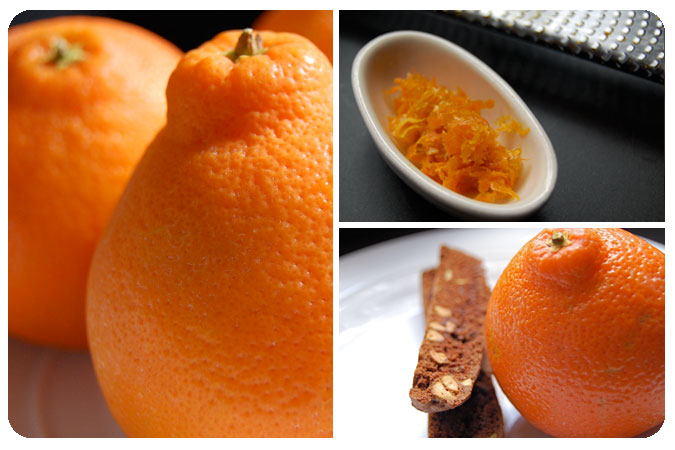 From sweet to sour, salads to desserts, juices to cocktails and June to May, here’s a “new” citrus starter list with suggestions for how to use each variety. Go ahead and juice up your menu (or shall I say, add some zest?) season by season.
June to August
Key limes – Also called a Mexican lime (limon), this intense little fruit is only slightly larger than a walnut. Key limes are fragrant and tarter than our more common Persian lime, which is a hybrid that resists cold and pests better. Key limes turn yellow when fully ripe.
Try in: Ceviche, a dish popular in Latin America where fish is “cooked” by the citric acid in lime juice
Season: June – August
September to October
Kaffir (also known as Makrut) – Kaffir limes are used primarily for their leaves, which are dual-lobed with an incredible fragrance similar to lemongrass that’s essential in Thai curries.
Try in: Thai soups and curries
Season: September to October
Buddha’s Hand – Another fun citrus just recently available is Buddha’s Hand. Lemon- yellow and prized for its perfumey fragrant, this member of the citron family has “fingers” (hmm, wonder how it got its name …) and is often used in ceremonial or ornamental purposes in China and Japan. Unlike other citrus, the pith of Buddha’s hand is not bitter, which means you can use entire slices of the fruit (there is very little if any flesh) in your cooking.
Try in: Cocktail infusions and atop fish cooked en papillote
Season: late Fall to early Spring
October to March
Meyer lemons – Meyer lemons, a cross between a lemon and a mandarin, are becoming more widely available, but are still pricey outside their growing region. Not only are they sweeter than other lemons; they have a distinctly floral aroma too.
Try in: A variety of ways – from lemonade to lemon bars to roast chicken to pasta
Season: October to March
November to June
Kalamansi – A hybrid of Kumquat and Mandarin, these are sweet-skinned and sour-fleshed limes. Popular in Filipino cuisine, and also known as Calamondin, they resemble an orange to orange-yellow lime. Because of their sweet skin and highly acidic flesh they make excellent marmalades.
Try in: Filipino dishes or sweet and sour marmalades
Season: November to June
Cara Cara – This variety of navel orange has very low acidity and beautiful, rose-hued flesh similar to a red grapefruit. Cara Caras are great for eating out of hand and large enough to section easily for salads.
Try them in: Salad with pomegranate arils and shaved fennel over a bed of greens (top with our Go To Vinaigrette)
Season: December – March
Kumquats – Originally hailing from China, Kumquats have thin, sweet skins and tart flesh like their cousin, the Kalamansi. They’re one of the smallest citrus, oblong in shape about the size of a large olive.
Try them: Eaten whole out-of-hand, candied in desserts, or stir-fried or sautéed in savory preparations
Season: December – May
December to March
Blood Oranges – Blood oranges get their deep maroon flesh (from which they get their name) from the nutritional powerhouse, anthocyanin (also found in pomegranates). They originated in Spain, but are also closely associated with the cuisine of Southern Italy. Moros (purple-red, berry like flavor), Taroccos (largest of the three and sweet-tart) and Sanguinellos (deep red and spicy) all have deep red or striated orange and red flesh.
Try them in: Cocktails, sorbets, salads and vinaigrettes where their vivid color and tart-sweet flavor add drama.
Season: Best November – May (depending on origin)
Minneolas – Minneolas are a cross between a grapefruit and a tangerine and are loved for both their sweetness and the fact that they’re easy to peel. They’re distinguished by their slight bell shape and deep, red-orange hue.
Try them: Eaten out of hand or juiced for cooking (try Chocolate Orange Pistachio Biscotti recipe below)
Season: January – March
January to February
Bergamot – If you’ve ever enjoyed a cup of Earl Grey tea, you’re familiar with the scent and flavor of Bergamot. Its flesh, while yellow, tastes of sour orange; but its skin is where things get interesting. The oils in the zest carry Bergamot’s distinctive floral, orangey scent and flavor. Beware; a little goes a long way.
Try in: Salads, vinaigrettes or roast chicken, or in chocolate desserts like brownies or truffles
Season: January – February
Did you know?
From sweet to sour, salads to desserts, juices to cocktails and June to May, here’s a “new” citrus starter list with suggestions for how to use each variety. Go ahead and juice up your menu (or shall I say, add some zest?) season by season.
June to August
Key limes – Also called a Mexican lime (limon), this intense little fruit is only slightly larger than a walnut. Key limes are fragrant and tarter than our more common Persian lime, which is a hybrid that resists cold and pests better. Key limes turn yellow when fully ripe.
Try in: Ceviche, a dish popular in Latin America where fish is “cooked” by the citric acid in lime juice
Season: June – August
September to October
Kaffir (also known as Makrut) – Kaffir limes are used primarily for their leaves, which are dual-lobed with an incredible fragrance similar to lemongrass that’s essential in Thai curries.
Try in: Thai soups and curries
Season: September to October
Buddha’s Hand – Another fun citrus just recently available is Buddha’s Hand. Lemon- yellow and prized for its perfumey fragrant, this member of the citron family has “fingers” (hmm, wonder how it got its name …) and is often used in ceremonial or ornamental purposes in China and Japan. Unlike other citrus, the pith of Buddha’s hand is not bitter, which means you can use entire slices of the fruit (there is very little if any flesh) in your cooking.
Try in: Cocktail infusions and atop fish cooked en papillote
Season: late Fall to early Spring
October to March
Meyer lemons – Meyer lemons, a cross between a lemon and a mandarin, are becoming more widely available, but are still pricey outside their growing region. Not only are they sweeter than other lemons; they have a distinctly floral aroma too.
Try in: A variety of ways – from lemonade to lemon bars to roast chicken to pasta
Season: October to March
November to June
Kalamansi – A hybrid of Kumquat and Mandarin, these are sweet-skinned and sour-fleshed limes. Popular in Filipino cuisine, and also known as Calamondin, they resemble an orange to orange-yellow lime. Because of their sweet skin and highly acidic flesh they make excellent marmalades.
Try in: Filipino dishes or sweet and sour marmalades
Season: November to June
Cara Cara – This variety of navel orange has very low acidity and beautiful, rose-hued flesh similar to a red grapefruit. Cara Caras are great for eating out of hand and large enough to section easily for salads.
Try them in: Salad with pomegranate arils and shaved fennel over a bed of greens (top with our Go To Vinaigrette)
Season: December – March
Kumquats – Originally hailing from China, Kumquats have thin, sweet skins and tart flesh like their cousin, the Kalamansi. They’re one of the smallest citrus, oblong in shape about the size of a large olive.
Try them: Eaten whole out-of-hand, candied in desserts, or stir-fried or sautéed in savory preparations
Season: December – May
December to March
Blood Oranges – Blood oranges get their deep maroon flesh (from which they get their name) from the nutritional powerhouse, anthocyanin (also found in pomegranates). They originated in Spain, but are also closely associated with the cuisine of Southern Italy. Moros (purple-red, berry like flavor), Taroccos (largest of the three and sweet-tart) and Sanguinellos (deep red and spicy) all have deep red or striated orange and red flesh.
Try them in: Cocktails, sorbets, salads and vinaigrettes where their vivid color and tart-sweet flavor add drama.
Season: Best November – May (depending on origin)
Minneolas – Minneolas are a cross between a grapefruit and a tangerine and are loved for both their sweetness and the fact that they’re easy to peel. They’re distinguished by their slight bell shape and deep, red-orange hue.
Try them: Eaten out of hand or juiced for cooking (try Chocolate Orange Pistachio Biscotti recipe below)
Season: January – March
January to February
Bergamot – If you’ve ever enjoyed a cup of Earl Grey tea, you’re familiar with the scent and flavor of Bergamot. Its flesh, while yellow, tastes of sour orange; but its skin is where things get interesting. The oils in the zest carry Bergamot’s distinctive floral, orangey scent and flavor. Beware; a little goes a long way.
Try in: Salads, vinaigrettes or roast chicken, or in chocolate desserts like brownies or truffles
Season: January – February
Did you know?
- The hundreds of varieties of citrus available today all come from three naturally hybridizing and mutating parent species? Mandarin, Pomelo, and Citron.
- Most all citrus (except for Pomelos) originated in China and Southeast Asia, many can be traced back 4,000 years.
- Ancient Egyptians used hollowed-out orange halves as contraceptive devices. Casanova followed their lead with lemon halves.
- In Italy oranges, not apples, were believed to be the fruit of the Tree of Knowledge in the Garden of Eden.
- Most non-organic citrus is wax coated; scrub with hot water before zesting. Better yet, buy organic when possible (organic fruit is not allowed to be waxed) to get the cleanest essential oils from the zest.
- Zest is the colored outermost skin layer of citrus fruits. Zest is highly perfumed and is rich in flavonoids, bioflavonoids, and limonoids.
 Jacqueline Church is an independent writer whose work has appeared in Culture: the Word on Cheese, Edible Santa Barbara, and John Mariani’s Virtual Gourmet. She often writes about gourmet food, sustainability issues and the intersection of the two on her blog Leather District Gourmet. Currently, she’s at work on Pig Tales: a Love Story about heritage breed pigs and the farmers and chefs bringing them from farm to table.
Jacqueline Church is an independent writer whose work has appeared in Culture: the Word on Cheese, Edible Santa Barbara, and John Mariani’s Virtual Gourmet. She often writes about gourmet food, sustainability issues and the intersection of the two on her blog Leather District Gourmet. Currently, she’s at work on Pig Tales: a Love Story about heritage breed pigs and the farmers and chefs bringing them from farm to table.
